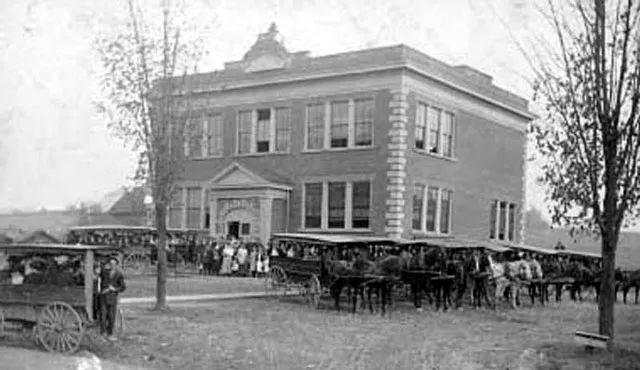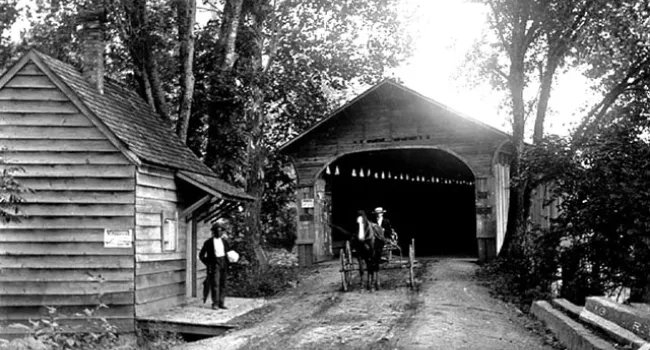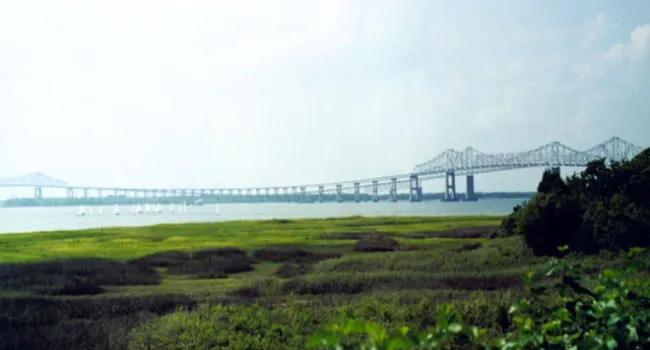
Photo
The automobile made improvement of local roads necessary. Here, a grading machine completes improvements on recently paved Route 38 in Horry County during the summer of 1928. Courtesy of the South...
From horse and buggy to space shuttles, South Carolinians have relied upon a wide variety of motive power and vehicles to get to where they are going. The story of transportation is actually an extended part of the account of South Carolina's economy: without the ability to move people and goods, neither agricultural, commercial nor industrial activity can succeed in bringing prosperity. Other examples of how people travel can be found, especially in the section of this collection on economy, but also scattered throughout all the images. This section is organized by forms of transportation, and within each example by chronology. Using these images you can: begin with animal power (horses and buggies); explore the changes in water transportation from Native American log canoes to the latest in ocean going and pleasure boats; see the changes in rail travel (train and trolley) over time; follow the progress of the impact that the internal combustion engine has made in South Carolina; and witness the beginning of the air age in our state.

Photo
The automobile made improvement of local roads necessary. Here, a grading machine completes improvements on recently paved Route 38 in Horry County during the summer of 1928. Courtesy of the South...
Photo
Paving heavily traveled roads with concrete involved such heavy costs that states sought help from the national government. This fresh concrete on a Greenville County road was part of a Federal...
Photo
Columbians call this complicated intersection of Interstate Highways 26 and 126 with Bush River Road, just north of their city, "Malfunction Junction." Photo by Todd Houston, June 1987. Courtesy of...
Photo
This stone bridge over a stream in Greenville County, 7 miles north of Tigerville, was built by hand labor out of large stones in 1820. U.S. Department of Agriculture photograph, May 1936.
Photo
This toll bridge, photographed around 1900, provided a crossing over the Pee Dee River near Cheraw on what is now U.S. Route 1. Courtesy of the Cheraw Visitors Bureau.
Photo
The town of Pacolet, in Spartanburg County, attracted large numbers of workers to its mills. Here, a number of mill operatives cross the iron bridge over the Pacolet River in 1913. Courtesy of the...
Photo
Aerial view of the Cooper River Bridge, named after Mayor John P. Grace, who was instrumental in having it built in 1929. Originally a toll bridge operated by the private Cooper River Bridge Company...